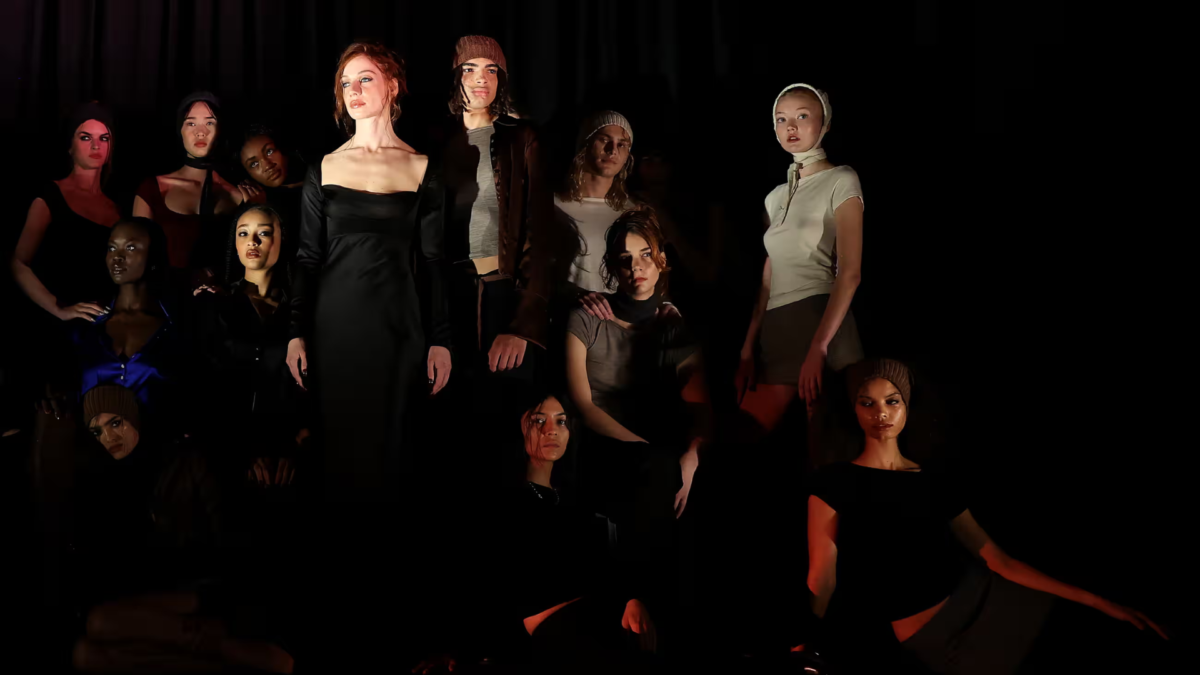Australian fashion designers shifted their focus toward creating a lasting emotional connection with consumers, revolutionizing sustainability in the fashion industry.
In the realm of sustainability within fashion, the spotlight traditionally falls on the physical durability of garments and the sourcing of materials. Questions like the quality of construction, material origins, and recyclability often dominate discussions. However, a burgeoning concept is reshaping sustainability—emotional durability. Originating in 2005, Prof Jonathan Chapman introduced this notion, emphasizing the design’s ability to forge a deep emotional bond between the object and the consumer, significantly extending its longevity.
The Birth of Emotional Durability
A paradigm shift in fashion sustainability by Chapman’s concept of emotional durability started in the context of furniture and industrial design but soon found resonance among fashion designers globally. The essence of this approach lies in creating pieces that hold profound meaning, evoking care, cherish, and love. It stands as a counterpoint to the pervasive throwaway culture of fast fashion, which inundates landfills with its discarded garments and contributes to the staggering annual textile waste.
In this evolving landscape, Australian designers are at the forefront of embracing emotional durability as a central tenet of their creative process, aiming to craft garments that resonate with individuals on a profound level.
Alix Higgins: Pioneering Emotional Depth through Fashion
Alix Higgins, recognized for his exceptional work as an emerging designer at the Australian Fashion Laureate, embodies this ethos through his designs. Commencing his venture in 2018, Higgins initially hand-delivered his creations, underlining the desire to establish a personal connection with his customers. His designs, characterized by simplicity in silhouettes, are infused with emotional depth, often incorporating original lines of poetry. Moreover, hidden, intimate messages within the garment, intended exclusively for the wearer, add a distinctive layer of emotional engagement.

Higgins states, “My fashion-making process has always begun with an emotional output. So it’s always been about connecting myself to … the person who’s consuming the product.”
Isabelle Hellyer: Bridging the Past and Present
Isabelle Hellyer, the creative force behind ‘All Is a Gentle Spring,’ also embraces this approach, drawing inspiration from historical silhouettes and craftsmanship techniques passed down through generations. Her designs envisioned as ‘future heirlooms,’ evoke a conceptual connection with the wearer, transcending mere fashion. She advocates for local production and a renaissance of Australian manufacturing, aiming to kindle a deeper appreciation for garments infused with heritage and values.

Hellyer reflects on her design process, stating, “It’s more intuitive, but that’s why it works – I think that I’m quite similar to the customer.”
Maggie Marilyn: A Journey towards Sustainable Longevity
Maggie Hewitt, the founder of ‘Maggie Marilyn,’ a New Zealand-born brand, aligns her designs with sustainability principles while placing a significant emphasis on longevity. Although relatively young in the industry, the brand recently introduced an archive collection, challenging the industry’s fixation on perpetual newness and reaffirming its belief in the enduring appeal of past creations. Hewitt’s ‘early mornings shacket,’ inspired by family fishing trips, epitomizes the concept of evolving with the wearer, becoming softer and more comfortable over time.

Hewitt emphasizes, “It only gets better with wear. You can continue the story.”
The Evolution of Emotional Durability
Ultimately, the crux lies in designing garments that adapt and resonate with the evolving preferences and experiences of individuals, thereby keeping them relevant and cherished. This philosophy of emotional durability promises a paradigm shift in the fashion industry, redefining the narrative of sustainability and fostering a profound, lasting connection between the fashion world and its consumers. Australian designers, through their innovative approaches, are spearheading this evolution, inviting the global fashion community to prioritize emotional longevity in the garments they create.



